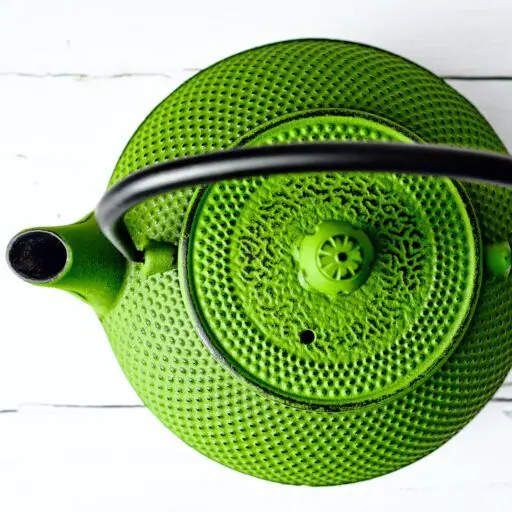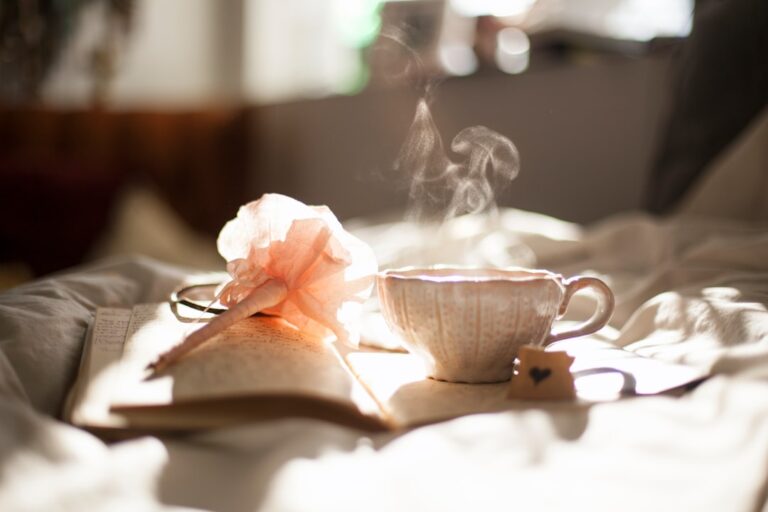Support our educational content for free when you purchase through links on our site. Learn more
The Best Tea Producer in the World [2024] 🌍
Did you know that the world of tea is as diverse as the cultures that enjoy it? From the delicate flavors of green tea to the robust richness of black tea, there’s a tea for every palate. But have you ever wondered which country produces the best tea in the world? We, the tea tasters at Tea Brands™, have sipped and savored our way through countless cups of tea to bring you the answer. So grab your favorite mug and join us on this flavorful journey as we explore the best tea producer in the world!
Table of Contents
- Quick Answer
- Quick Tips and Facts
- Background: The Art of Tea Production
- 1. The Origins of Tea
- 2. The Variety of Tea
- 3. The Perfect Cup of Tea
- 4. The Caffeine Conundrum
- 5. Teaghrelins: The Science Behind Tea
- 6. The Best Tea Producers Around the World
- FAQ
- Conclusion
- Recommended Links
- Reference Links
Quick Answer
The best tea producer in the world is a title that is highly contested. However, when it comes to sheer quantity and quality, one country stands out above the rest: China. With its rich history and diverse tea-growing regions, China has been producing exceptional teas for centuries. From the famous oolong teas like Da Hong Pao and Tieguanyin to the delicate white teas like Silver Needle, China offers a wide range of flavors and aromas that are sure to delight any tea lover.
👉 CHECK PRICE on: Amazon | Walmart | Etsy
Quick Tips and Facts
- China is the largest tea producer in the world, accounting for over 40% of global tea production.
- The country has a long history of tea cultivation, dating back thousands of years.
- Chinese teas are known for their diverse flavors, ranging from floral and fruity to earthy and smoky.
- The most famous Chinese teas include green tea, black tea, oolong tea, white tea, and pu-erh tea.
- Each tea-growing region in China has its own unique terroir, which contributes to the distinct flavors of the teas produced there.
Background: The Art of Tea Production
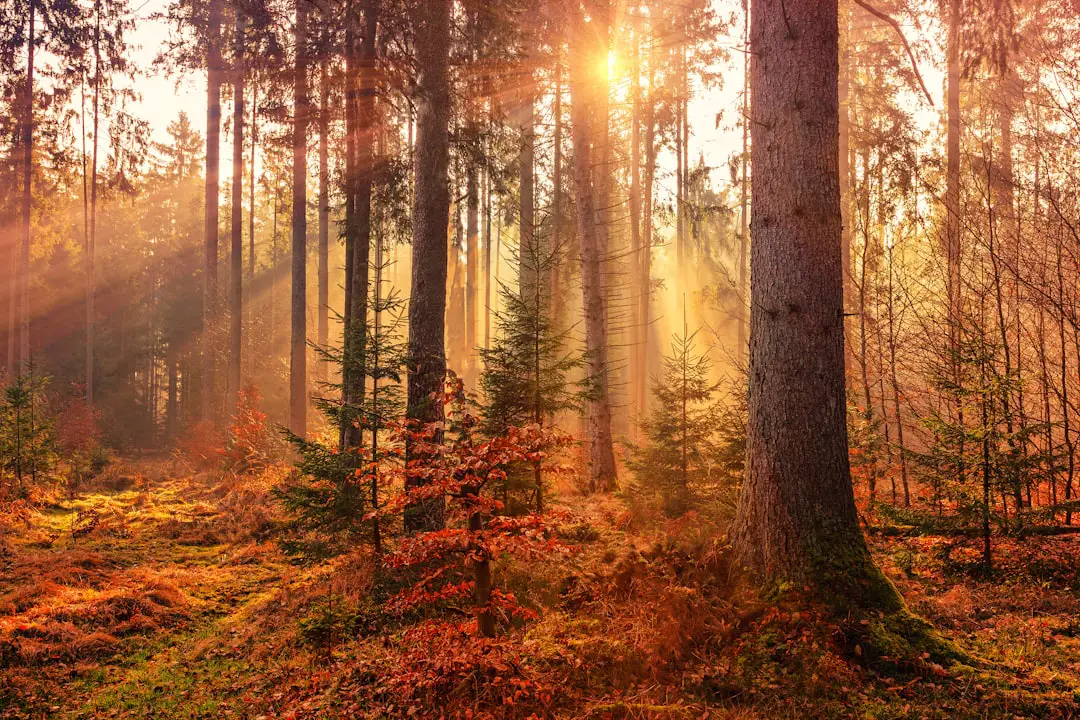
Tea production is an art form that requires skill, patience, and a deep understanding of the tea plant. The process begins with the cultivation of tea bushes, which are carefully tended to ensure optimal growth and flavor development. Once the leaves are harvested, they undergo a series of steps, including withering, rolling, oxidation, and drying, to transform them into the final product.
1. The Origins of Tea
Tea has a rich history that dates back thousands of years. Legend has it that tea was discovered by the Chinese emperor Shen Nong in 2737 BCE when a tea leaf accidentally fell into his boiling water. Intrigued by the aroma and taste of the infused water, he declared it a delightful beverage and thus, tea was born.
Over the centuries, tea cultivation spread from China to other parts of Asia and eventually to the rest of the world. Today, tea is enjoyed by people of all cultures and has become an integral part of many traditions and rituals.
2. The Variety of Tea
Tea comes in many different varieties, each with its own unique characteristics and flavors. Here are some of the most popular types of tea:
-
Green Tea: Known for its fresh, grassy flavor and vibrant green color, green tea is one of the most widely consumed teas in the world. It is produced by lightly steaming or pan-frying the leaves to prevent oxidation.
-
Black Tea: With its bold, robust flavor and dark amber color, black tea is a favorite among tea enthusiasts. The leaves are fully oxidized, resulting in a rich and malty taste.
-
Oolong Tea: Oolong tea is a semi-oxidized tea that falls somewhere between green and black tea. It offers a wide range of flavors, from floral and fruity to toasty and nutty.
-
White Tea: Considered the most delicate of all teas, white tea is made from young tea leaves and buds that are minimally processed. It has a subtle, sweet flavor and a light, pale color.
-
Pu-erh Tea: Pu-erh tea is a fermented tea that undergoes a unique aging process. It has a rich, earthy flavor and is often enjoyed for its potential health benefits.
Each type of tea has its own brewing method and recommended steeping time to bring out its best flavors. Experimenting with different teas can be a delightful journey of discovery!
3. The Perfect Cup of Tea
Brewing the perfect cup of tea is an art in itself. Here are some tips to help you achieve tea perfection:
-
Choose high-quality tea: The quality of the tea leaves will greatly impact the flavor of your brew. Look for teas that are fresh and have been properly stored.
-
Use fresh, filtered water: The water you use can make a big difference in the taste of your tea. Opt for filtered water to remove any impurities that may affect the flavor.
-
Follow the recommended steeping time: Each type of tea has an ideal steeping time to bring out its best flavors. Oversteeping can result in a bitter taste, while understeeping may leave the tea weak and flavorless.
-
Experiment with water temperature: Different teas require different water temperatures for optimal brewing. Green teas, for example, are best brewed with water that is around 175°F (80°C), while black teas can handle boiling water.
-
Savor the moment: Brewing tea is not just about the end result, but also about the process. Take a moment to appreciate the aroma and color of the tea as it brews, and enjoy the experience of sipping a hot cup of tea.
4. The Caffeine Conundrum
Caffeine is a natural stimulant found in tea, coffee, and other beverages. The amount of caffeine in tea can vary depending on factors such as the type of tea, the brewing method, and the steeping time. While some people enjoy the energizing effects of caffeine, others may be more sensitive to its effects.
If you’re looking for a low-caffeine option, consider trying herbal teas, such as chamomile or peppermint, which are naturally caffeine-free. Alternatively, you can opt for decaffeinated teas, which have undergone a process to remove most of the caffeine.
5. Teaghrelins: The Science Behind Tea
Tea is not only a delicious beverage but also a source of fascinating scientific discoveries. One such discovery is the presence of teaghrelins in tea. Teaghrelins are a type of compound found in tea that can bind to ghrelin receptors in the body.
Ghrelin is a hormone that plays a role in regulating appetite and hunger. Some studies suggest that teaghrelins may have an impact on appetite control and weight management. However, more research is needed to fully understand the effects of teaghrelins on the body.
6. The Best Tea Producers Around the World
While China may be the largest tea producer in the world, there are many other countries that also produce exceptional teas. Here are some of the top tea producers from around the world:
-
India: Known for its robust and flavorful teas, India is the second-largest tea producer globally. Darjeeling, Assam, and Nilgiri are some of the famous tea-growing regions in India.
-
Japan: Renowned for its green teas, Japan produces some of the finest matcha, sencha, and gyokuro teas. Japanese teas are known for their vibrant green color and umami flavor.
-
Sri Lanka: Formerly known as Ceylon, Sri Lanka is famous for its black teas. The high-altitude tea gardens in Sri Lanka produce teas with a rich and full-bodied flavor.
-
Kenya: Kenya is the largest tea producer in Africa and is known for its high-quality black teas. The country’s unique climate and fertile soil contribute to the exceptional flavor of Kenyan teas.
-
Taiwan: Taiwan is renowned for its oolong teas, which are prized for their complex flavors and aromas. Some of the famous Taiwanese oolong teas include Dong Ding, Dongfang meiren, and Alishan oolong.
Each of these countries has its own tea-growing regions and unique tea varieties, making them worth exploring for tea enthusiasts.
FAQ
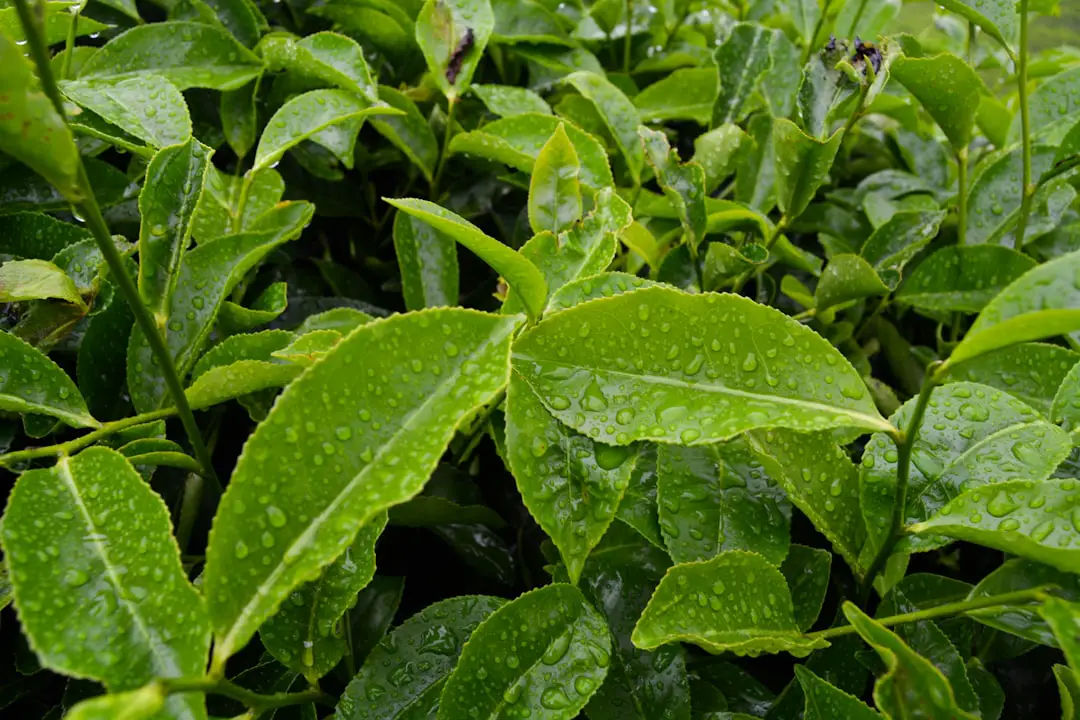
Which country produces the best tea in the world?
China is widely regarded as the best tea producer in the world. With its long history of tea cultivation and diverse tea-growing regions, China offers a wide range of exceptional teas that cater to different tastes and preferences.
Read more about “The Best Tea in the World: Unveiling the Ultimate Brew 2024 …”
What is the number one tea in the world?
The number one tea in the world is a matter of personal preference. However, some of the most popular and highly regarded teas include Chinese oolong teas like Da Hong Pao and Tieguanyin, Japanese matcha, and Indian Darjeeling tea.
Read more about “What is the Most Consumed Tea in the World? … 🍵”
Which country brews the best tea?
Tea brewing is a skill that varies from person to person. However, countries like China, Japan, and India have a long-standing tea culture and are known for their expertise in tea brewing techniques.
Read more about “Best Tea Flavors in 2024: Sip and Savor the Finest Tea Brands”
What is the rank of India in tea production?
India is the second-largest tea producer in the world, after China. The country’s tea industry is a significant contributor to its economy, with tea plantations spread across various regions, including Darjeeling, Assam, and Nilgiri.
Conclusion
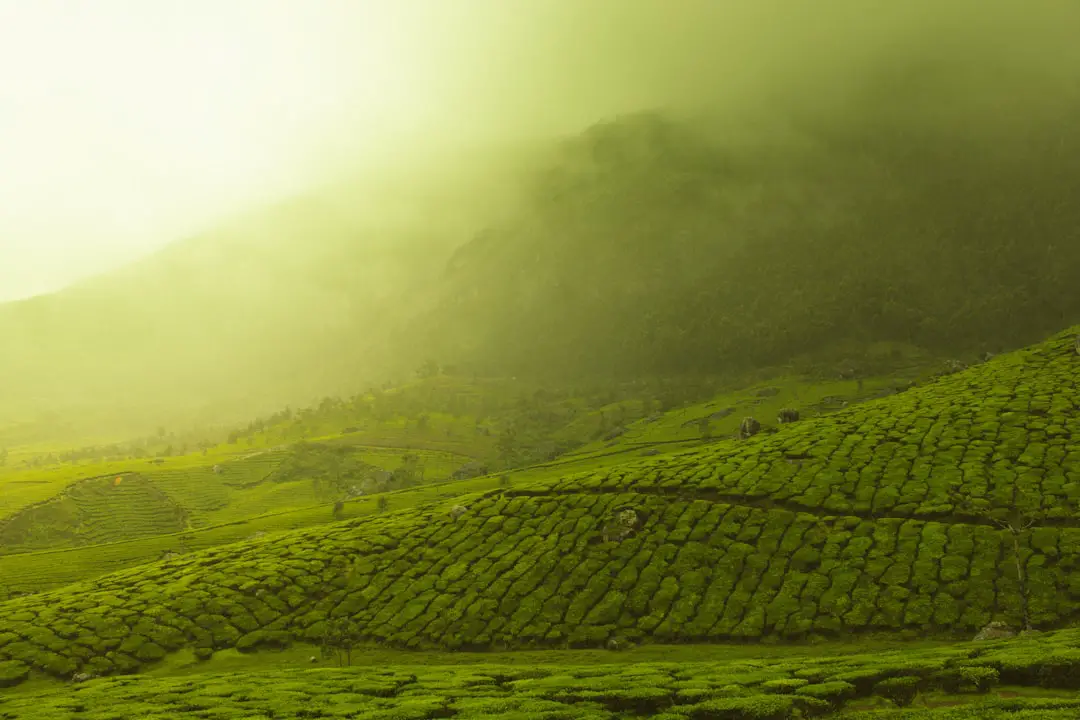
In conclusion, when it comes to the best tea producer in the world, China takes the crown. With its rich history, diverse tea-growing regions, and exceptional teas, China has earned its reputation as a tea powerhouse. However, that doesn’t mean you should limit yourself to just Chinese teas. Explore the teas from other countries like India, Japan, and Taiwan to truly appreciate the world of tea in all its flavors and aromas. So go ahead, brew yourself a cup of your favorite tea, and savor the moment!
If you’re interested in learning more about tea, check out our Tea Brand Spotlights and Tea Brand Guides for in-depth reviews and recommendations. And if you’re curious about the health benefits of tea, don’t miss our Health Benefits of Tea section. Sip and savor the finest tea with Tea Brands™!
Recommended Links
- 👉 CHECK PRICE on: Chinese Tea on Amazon | Chinese Tea on Walmart | Chinese Tea on Etsy
- 👉 Shop Indian Tea on: Amazon | Walmart | Etsy
- 👉 Shop Japanese Tea on: Amazon | Walmart | Etsy
- 👉 Shop Taiwanese Tea on: Amazon | Walmart | Etsy
Looking for more tea-related articles? Check out our Tea Culture and History and Tea Education and Tips sections for a deeper dive into the world of tea.
